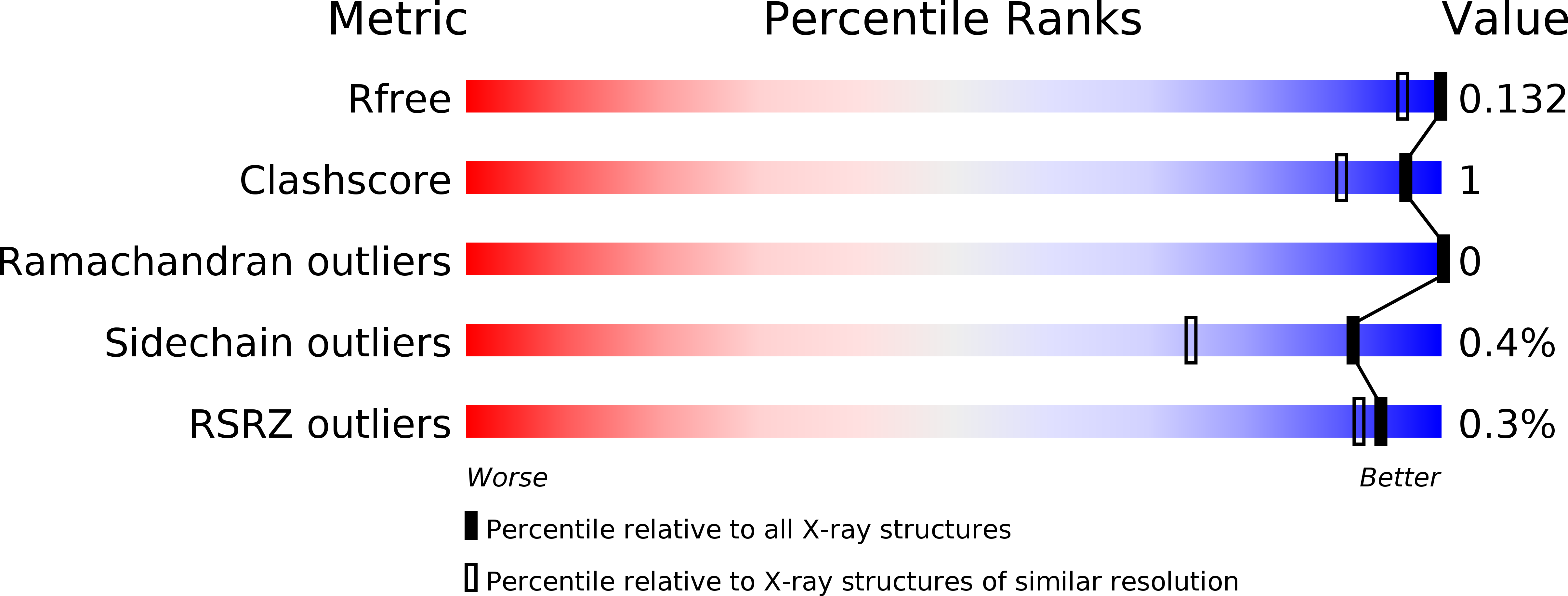
Deposition Date
2015-02-10
Release Date
2016-03-02
Last Version Date
2024-01-10
Method Details:
Experimental Method:
Resolution:
1.10 Å
R-Value Free:
0.12
R-Value Work:
0.11
R-Value Observed:
0.11
Space Group:
P 1 21 1


